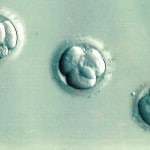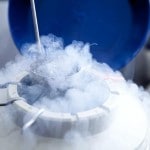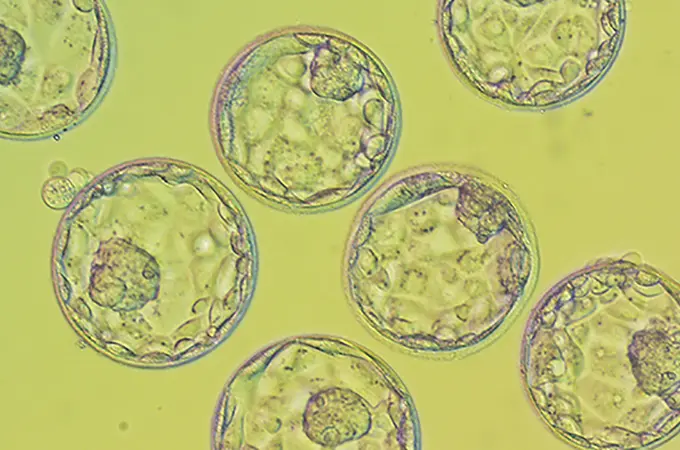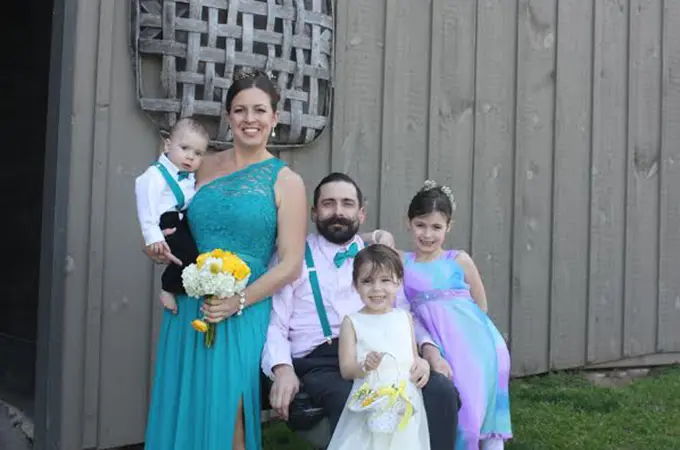In The Washington Post story “Fertility medicine brings babies—and tough decisions,” Eric Widra, M.D., medical director of Shady Grove Fertility, discusses how couples can be “apprehensive or conflicted and don’t know what to do” with their frozen embryos. As per this article, “A 2005 study funded by the National Institutes of Health found that of 58 couples with leftover embryos, 72 percent hadn’t decided what to do with them.”
Frozen Embryos Revolutionize Fertility Treatment

The ability to freeze embryos has been an incredible development for fertility patients. The success of vitrification—a flash-freezing technique—has made it possible for couples to have additional chances to conceive from a single cycle, whether it’s in the event that a cycle is unsuccessful or if they want to come back in the future to have additional children after previously conceiving. Frozen embryo transfer (FET) cycles are less invasive, less costly, and have nearly identical success rates to fresh cycles (though one must undergo a fresh cycle in order to have the potential for future frozen cycles).
But the difficult side of this amazing treatment option comes with having extra frozen embryos—do you use them? Do you donate them to another family—or maybe to scientific research? Do you simply freeze them indefinitely, or perhaps choose to discard them?
A Personal Choice
The Washington Post article presented several fertility patients who discussed their frozen embryo choices:
- Using genetic testing to decide: Elizabeth and her husband had experienced secondary infertility after having their first child. After undergoing fertility treatment and conceiving their second child, they had four frozen embryos remaining and weren’t sure what to do. The remaining embryos underwent preimplantation genetic diagnosis (biopsying embryo cells to test for genetic abnormalities) and it was discovered that only one frozen embryo was genetically normal. Elizabeth has since decided to transfer that embryo.
- Donate the embryos: Some couples may choose to donate their embryos to another family. This is becoming more common and Dr. Widra mentioned that leaders in the field are trying to streamline the process to make it easier “to offer more embryos for adoption and for [adoptive parents] to find them.” Additionally, there has been a resurgence of interest in donating embryos for scientific research since President Obama repealed the ban on stem cell research in 2009.
- Store indefinitely or discard: For couples who cannot decide what to do with their embryos, they can choose to store them indefinitely. For a yearly storage fee, the embryos will be cryopreserved at a Shady Grove Fertility embryology laboratory. Additionally, couples like Teresa and Michael made the choice to discard their remaining embryos.
- Transfer the remaining embryo(s): Brenda and her husband intentionally tried to avoid the possibility of having extra embryos after treatment, initially undergoing natural cycle IVF, a treatment option (not performed at Shady Grove Fertility) in which stimulation medications are not used, thus providing only one potential egg for fertilization. But after two unsuccessful attempts, they moved onto stimulated IVF. After having a son and eventually a daughter, they were left with one frozen embryo, which they have chosen to transfer next year.
- Fertility medicine brings babies—and tough decisions

While making a choice about remaining frozen embryos can seem daunting, prospective or current patients must remember the exceptional value of frozen embryos. Having multiple chances if a cycle is unsuccessful, the ability to have additional children at a later date, and the ability to test for genetic abnormalities, are only some of the important benefits of frozen embryos. The decision about what to do with the remaining embryos is not one to be taken lightly, but it is also one for which you do have time, as vitrification and our lab’s quality control processes will keep them frozen in time.




